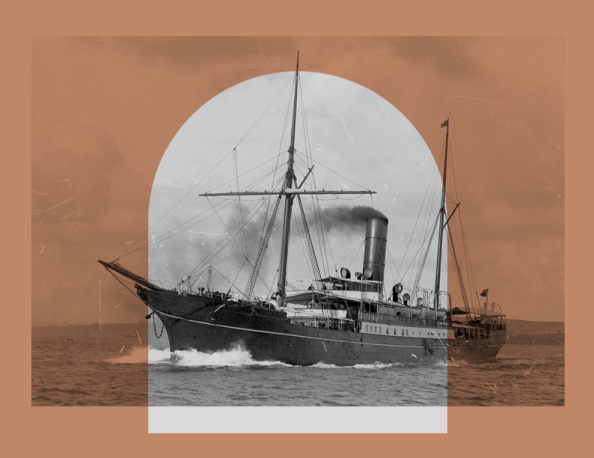History of Chinese Porcelain

Standing the Test of Time: The Rich History of Chinese Porcelain
As unbelievable as it might sound, historians have traced the history of Chinese porcelain back to the 1st century. Though extremely rudimentary in appearance and use at its onset, porcelain morphed and changed with the times and the culture. Ultimately, porcelain’s latest transformation presents itself in the form of the beautiful blue and white ceramic pieces we recognise today. Whether owned as a decorative piece, a work of art or as practical serving pieces; porcelain is still a wonder to behold.
Porcelain’s Earliest Days
When the first Chinese people discovered porcelain, it was considerably different from what we know now. Initially used for serving dishes during the reign of the Han Dynasty, porcelain soon became appreciated for pieces of art because of its appearance once removed from the fire where it cured. In its infancy, derived from easily accessible natural materials, porcelain’s make-up consisted of bone, alabaster, ash, and glass. However, the craftsmanship of these items was so superior that some of them have survived till today.

The Tang Dynasty Gives Chinese Porcelain to the World
The Tang Dynasty was responsible for exporting porcelain, commonly referred to as china, to different parts of the world. Because tea had become such a desirable commodity in other parts of the globe, the need to provide transportation vessels for the leaves became vital to the Chinese people. Because of its durability and readily available materials, porcelain was the obvious choice. This transportation was made possible via the Silk Road. Because of the popularity of this passageway to the rest of Asia, porcelain became very popular, and its value increased exponentially.
The Ming Dynasty’s Contribution to Porcelain’s Rich History
Porcelain craftsmanship has continued to improve throughout the centuries, making it more durable and beautiful. However, the Ming Dynasty’s contribution to china’s annals is perhaps the most impactful. During this time, the white and blue patterns we associate with porcelain were perfected and made famous.

The Porcelain Craze Expands
In the 1600s, several Dutch ships attacked and overpowered Portuguese ships brimming with the beautiful blue and white china. The rest of it is European history. At that time, porcelain rivaled gold in terms of value.
The Qing Dynasty Revolutionises Manufacturing and Production
The rulers of this dynasty disallowed the worldwide trade of porcelain. However, rather than allowing porcelain’s free distribution, it became regulated. This regulation led the world’s upper echelon to desire the beautiful blue and white vessels even more than before. They paid extraordinary prices to have pieces of china personalised for them. As a result, the world’s infatuation with porcelain thrived.

Chinese Porcelain Continues to Be Valuable and Sought After
Today, porcelain collectors are no strangers to paying exorbitant prices to acquire the pieces necessary to add to their collections. Centuries ago, not only did porcelain makers place their marks on their creations, but the rulers of the period also placed their marks on the pieces. As a result, finding one of those rare gems is a porcelain collector’s dream that the most expensive piece of Chinese porcelain sold for a price tag well over US$37 million. The fact that porcelain continues to be a symbol of luxury and discerning taste many millennia since its inception lets us know that it is here to stay.
Chinese porcelain has a beautiful, abundant history that few items in existence can or will ever rival. Lovely, decorative objects, valuable, and practical, porcelain is the stuff heirlooms are made of.






